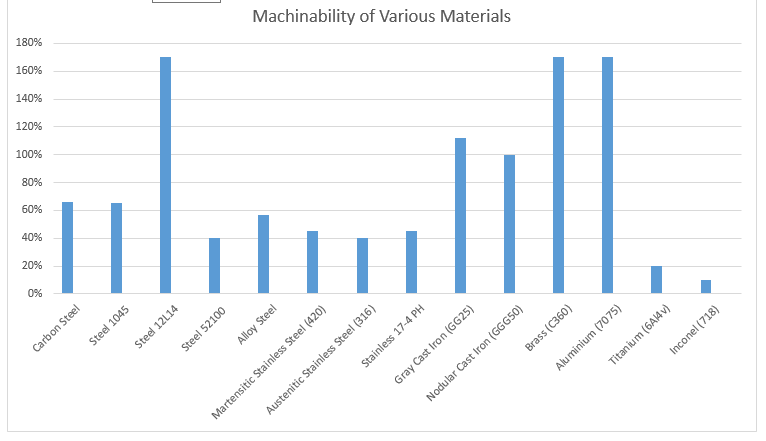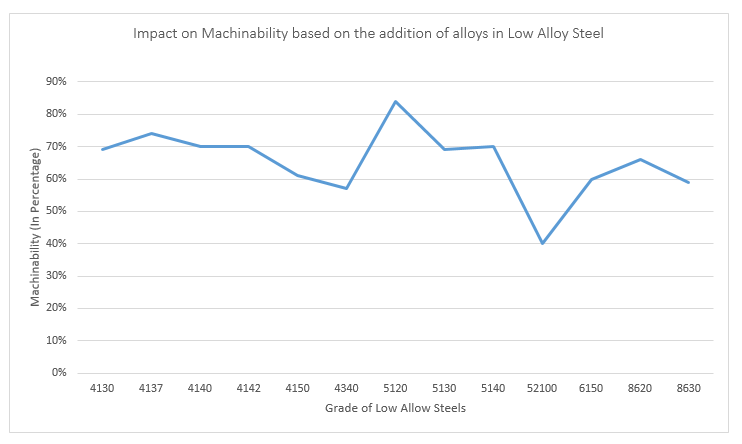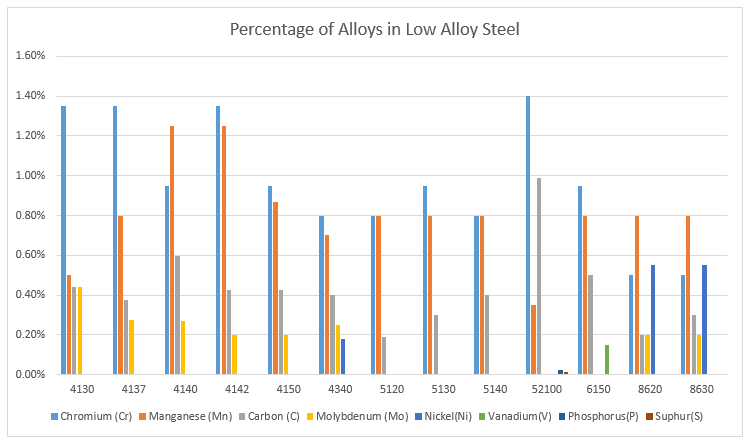CNC machining has revolutionized the metalworking industry by enabling the manufacture of complex and custom-made parts with advanced precision and repeatability that was once impossible to achieve.
That being said, there are certain factors to consider when producing CNC machined parts, along with following certain best practices to ensure fast and seamless production runs. Listed below are a few of these practices:
- Pick the right tool for the job: Various CNC machines are on the market at different price points. A high-quality Milling Machine will enable you to achieve an extremely high degree of accuracy and tolerances.
- Know the material you are working with: Various materials’ machinability can significantly impact production speeds and manufacturing costs. The key is to choose a metal that strikes a balance between easy machinability and the required strength of the end product.
- Use the right cutting tools: Tool choice should be based on the material you are working with. It can drastically affect the surface quality and accuracy of the final product.
- Maintain a clean manufacturing environment: Dust and debris can significantly impact the machining process’s overall quality and can result in serious damage to your machines.
In short, it is important to have effective quality checks in place at every stage of the milling process. In addition, stringent work procedures will ensure results of the highest quality.
What is Machinability?
The machinability of a metal is essentially the ability of a metal to be machined. It is represented as a percentage relative to what can be achieved on Steel SAE1112 at a hardness of 160 Brinell. Since Steel SAE1112 is used as the standard of machinability, it gets a score of 100%. The machinability of a material can be calculated as follows:
Machinability Rating [%] = (Score of a material / Score of SAE1112) * 100
If the Machinability falls lower than 100%, it states that the material will be harder to machine and vice versa. Since CNC machining is a subtractive manufacturing process that involves the removal of sections of material to achieve the final product, the machinability of the material you are working with can significantly impact overall production times, costs, and wear and tear on your CNC. This graph depicts the machinability of various metals.
Factors which tend to Affect the Machinability of a Metal
Machinability is not an exact science. Material Variables such as the grain structure of the material, the heat treatment process, the chemical composition of the metal being machined, and the hardness of the material being machined play a crucial role in the machinability of a metal.
How Changes in Chemical Composition Affect the Machinability of Steel
To better understand machinability, let’s focus on one specific metal, “Steel,” and understand how various factors affect its machinability. Depending on the material variables mentioned above, the machinability of steel can vary from 30-40% up to 170%.
Now, steel is essentially Iron(Fe) with the addition of Carbon(C). Pure iron by itself is very ductile. Mixing iron with carbon or various alloys in different quantities drastically changes its mechanical properties, which also impacts machinability.
Based on their chemical compositions, steel is categorized as Carbon Steel, Free Cutting steel, Low-alloy steel, and tool steel.
Impact on the Machinability of Steel Based on Its Carbon Percentage
Carbon steel is the cheapest form of steel and contains various percentages of carbon, with a small percentage of alloy metals. Under the SAE grading system, carbon steel is given the format 10xx, where xx indicates the amount of carbon.
Carbon is added to steel to increase its hardness and tensile strength. Carbon steel with .2% carbon content is usually considered to have the best machinability. Anything below 0.15% carbon makes the steel malleable, and carbon content upwards of 0.4 percent gradually reduces its machinability. To understand these better, let’s look at the machinability chart of carbon steel

Impact on the Machinability of Steel by the Addition of Specific Alloys
The addition of certain alloys, such as Sulfur(S), Phosphorus(P), and Lead(Pb), can greatly increase the machinability of steel. These are termed Free-cutting steels and are the best from the machining perspective. It is important to note that this increase in machinability comes at the cost of a decline in the mechanical properties of the metal.
Free-cutting steel is graded into the below series based on the percentages of the three elements in carbon steel.
- SAE 11xx grade: The xx denoted the percentage of Sulphur from 0.05% to 0.1% in carbon steel. The addition of Sulphur results in a 20% increase in machinability and decreases tensile strength by around 10%.
- SAE 12XX grade: The percentage of Sulfur is increased to 0.25%. The xx denotes the increase in Phosphorus(P) from 0.04% to 0.5%. This further increases machinability by about 40% over the SAE 11xx grade of steel.
- SAE 12L14 grade: Phosphorus(P) is replaced by 0.25% of Lead(PB). This takes its machinability to 170%.
This table will show how adding various alloys impacts machinability while carbon content stays constant.
| Grade of Steel. |
Machinability (%) |
Phosphorus(P) Content (%) |
Sulphur(S) Content (%) |
Lead (PB) Content (%) |
|
1015 |
72% |
0.04 |
0.05% |
– |
|
1112 |
100% |
0.07-0.12% |
– |
– |
|
1117 |
91% |
0.03% |
0.1 |
– |
|
1215 |
136% |
0.06 |
0.3 |
– |
|
12L14 |
170% |
– |
0.3 |
0.25 |
While the three elements mentioned above improve the machinability of steel at the cost of mechanical strength, certain applications demand steel with increased toughness. This is achieved by adding alloys of Molybdenum (Mo), Chromium(CR), and Nickel(Ni). While Molybdenum (Mo) and Chromium(CR) offer improved hardness of steel without impacting its machinability, the addition of Nickel drastically affects machinability. Chromium(CR) in steel improves its corrosion resistance and hence is a significant element in stainless steel. The SAE 43xx, 48xx, and 8xxx grades of steel contain 0.5-3.5% of Nickel, and its impact on machinability can be seen in the graph below.

Here is a chart showing the composition that allows for the same steel grades.

To Sum Up
As we have seen, you can improve a metal’s machinability by adding certain alloys. This, however, comes at the cost of a drop in mechanical strength. Care should be taken to choose the chemical composition that finds the right balance between machinability and cost vs. the structural properties of the machined end product. There are still many other factors that play a role, such as the heat treatment, microstructure, grain size, hardness, and fabrication method of the material. Those we will probably have to discuss another time.
About the Author:
Peter Jacobs

Peter Jacobs is the Senior Director of Marketing at CNC Masters. He is actively involved in manufacturing processes and regularly contributes his insights to various blogs on CNC machining, 3D printing, rapid tooling, injection molding, metal casting, and manufacturing in general.





